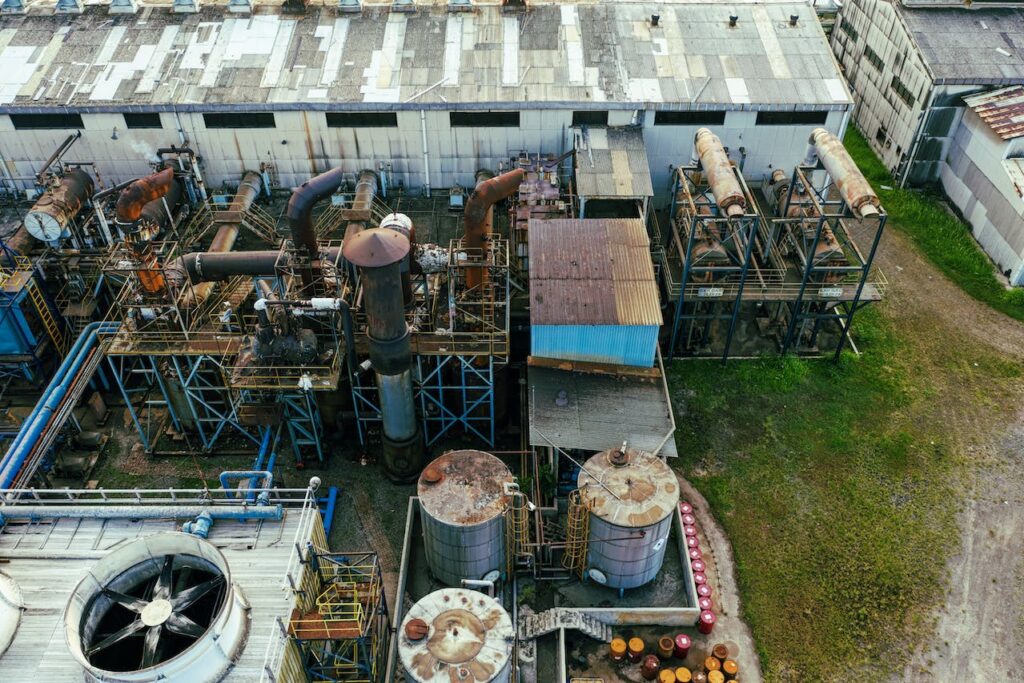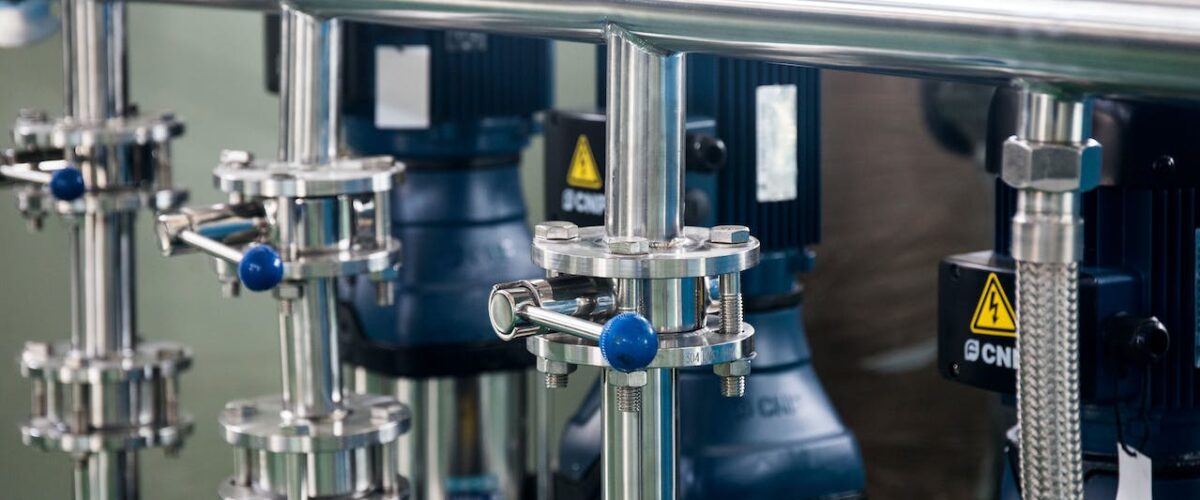The Benefits of Pigging Systems in Industrial Processes
Pigging systems have become essential in industrial processes, significantly improving efficiency, cost-effectiveness, and environmental sustainability. The term “pigging” comes from using specialised devices called pigs, designed for various tasks such as cleaning, inspection, and maintenance in pipelines across different industries.
Pigging technology is ubiquitous in industries like oil and gas, food and beverage, pharmaceuticals, and chemicals, where its transformative abilities improve operational processes. Using pigs to remove residue, contaminants, or unwanted substances from pipelines ensures smooth material flow, reduces downtime, and strengthens infrastructure integrity. This proactive approach enhances operational efficiency and aligns with the increasing focus on environmentally responsible practices in modern industrial settings.
In the oil and gas industry, pigging systems are crucial for reducing the buildup of hydrocarbons, sediments, and other materials that can block fluid flow and minimise pipeline efficiency. Likewise, in the food and beverage sector, pigging technology helps prevent cross-contamination, maintain product quality, and streamline the cleaning of processing lines.
Furthermore, pigging systems are utilised by the pharmaceutical and chemical industries to uphold strict hygiene standards, reduce the potential for product contamination, and improve the overall safety of their processes. Integrating pigging technology into their operations allows these industries to strengthen their production capabilities and demonstrate their dedication to regulatory compliance and sustainable practices.
1. Product Recovery and Efficiency:
Pigging systems are crucial in maximising product recovery and keeping pipelines clean by efficiently removing leftover materials. These systems are essential for thorough cleaning processes that improve product yield and reduce waste, thus enhancing overall manufacturing efficiency. In industries like food and beverage and pharmaceuticals, where the financial impact of product losses is significant, pigging systems are invaluable for achieving substantial cost savings.
The precise nature of pigging technology is essential in ensuring pipeline cleanliness and preventing remnants that could compromise product quality or quantity. The accuracy provided by pigging systems is crucial in industries where even slight variations can have significant economic implications. Using pigging technology, companies in these sectors can maintain high operational efficiency, ensuring product integrity throughout production.

2. Reduced Downtime and Increased Productivity:
Regular maintenance and cleaning of pipelines are essential to ensure optimal functionality and longevity. Preventing clogs, corrosion, and other issues is crucial to avoid operational disruptions. Pigging systems offer a highly effective solution for inline cleaning, streamlining the process without requiring disassembly. This significantly reduces downtime and enhances productivity.
The ability to clean and inspect pipelines while the system remains operational is a significant advantage, especially in industries where uninterrupted operation is essential for meeting production demands and maintaining efficiency. This proactive approach to pipeline maintenance prevents potential problems and contributes to industrial processes’ seamless and reliable functioning.
3. Cost-Effectiveness:
Pigging systems are becoming increasingly recognized as a highly cost-effective and efficient solution for pipeline maintenance, offering a compelling alternative to traditional methods. The significant reduction in downtime, along with a noticeable increase in product recovery and a simultaneous decrease in waste, all contribute to substantial cost savings in the long term.
Although the initial investment in pigging technology may appear substantial, its impact is soon outweighed by the lasting operational efficiencies and significant financial benefits it provides. The overall economic feasibility and improved performance of pigging systems make them a strategic investment for industries looking for a strong and sustainable approach to pipeline maintenance.
4. Environmental Sustainability:
Efficient product recovery and waste reduction are essential for creating a more environmentally sustainable industrial process. One critical tool in reaching this objective is the use of pigging systems. These systems are crucial in helping industries meet strict environmental regulations by reducing the release of potentially harmful substances into the ecosystem. In addition to regulatory compliance, pigging technology improves operational efficiency and becomes a fundamental aspect of responsible resource and waste management practices.
5. Versatility and Adaptability:
Pigging systems are incredibly versatile, allowing easy customization to fit pipeline configurations and various product types. This adaptability makes pigging technology well-suited for a wide range of industries, from the intricacies of the food and beverage sector to the complexities of petrochemical applications.
Tailoring these pigging systems to specific requirements significantly enhances their effectiveness in meeting the unique demands of industrial processes. Whether navigating the complex pipelines of the food and beverage industry or optimising the flow of petrochemical products, pigging technology is a crucial solution, demonstrating its flexibility and efficiency across various sectors.
6. Quality Assurance and Safety:
Regularly cleaning and inspecting pipelines and pigging systems are crucial in maintaining product quality and meeting industry standards. Keeping pipelines free from contaminants strengthens quality assurance and lowers the risk of contamination-related problems.
This careful approach not only improves the overall safety of operations but also acts as a proactive measure by reducing exposure to potentially hazardous materials. The non-invasive nature of pipeline inspection using pigging systems enables a comprehensive examination without requiring dismantling, further enhancing safety protocols and contributing to the system’s overall integrity.
7. Prevention of Cross-Contamination:
In industries where diverse products are processed in shared pipelines, the potential for cross-contamination is a critical challenge. Implementing pigging systems is a highly effective solution.
These systems meticulously clean and eliminate residual materials from the pipeline during transitions between different product runs, mitigating the risk. This proactive approach is especially significant in the pharmaceutical and food processing sectors, where maintaining product purity is non-negotiable.
These systems meticulously clean and eliminate residual materials from the pipeline during transitions between different product runs, mitigating the risk. This proactive approach is especially significant in the pharmaceutical and food processing sectors, where maintaining product purity is non-negotiable.
By using pigging systems, these industries improve the integrity and quality of their products, comply with strict regulatory standards, and ensure consumer safety. The meticulous nature of pigging systems significantly contributes to manufacturing processes’ overall efficiency and reliability, highlighting their indispensable role in safeguarding the integrity of diverse products passing through shared pipelines.
8. Long-Term Asset Protection:
Regular maintenance and cleaning, made easier by efficient pigging systems, are essential for extending the life and strength of pipelines. These systems actively prevent the buildup of corrosive materials and contaminants in the pipelines, serving as a proactive defense against early wear and potential asset damage.
By consistently following a thorough maintenance routine, pigging systems make a significant contribution to preserving infrastructure in the long term. This dedication to infrastructure preservation protects against unexpected disruptions and lays the groundwork for a dependable and sustainable industrial operation over the long haul.
Conclusion:
In conclusion, pigging systems are essential assets with numerous advantages that highlight their crucial role in transforming industrial processes across various sectors.
Apart from the immediate benefits of increased product recovery and operational efficiency, these systems are vital in reducing downtime and optimising overall costs. Their impact on environmental sustainability is particularly significant, as they help minimise waste and improve resource utilisation. As industries increasingly prioritise efficiency, safety, and environmental stewardship, the widespread adoption and advancement of pigging technology have driven transformative change.
The ongoing integration of pigging systems is set to be a cornerstone in the evolution of industrial practices worldwide, offering unparalleled benefits in streamlining processes, enhancing resource management, and strengthening overall operational resilience.
The commitment to innovation in pigging technology demonstrates a dedication to staying ahead of the curve and emphasises a collective responsibility to create a more sustainable and responsible industrial landscape.
With its continued implementation, pigging technology is poised to go beyond its current status, ushering in an era where industrial processes seamlessly align with the imperatives of efficiency, safety, and environmental consciousness on a global scale.

